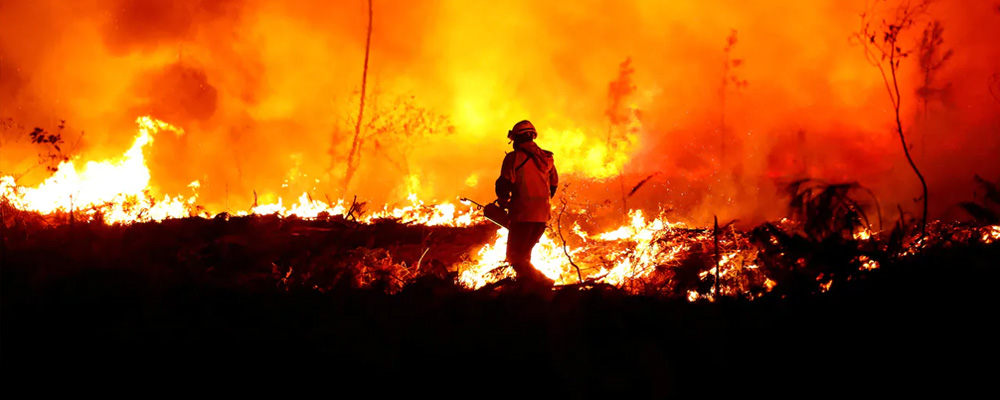
WCDM is the major annual climate conference, where hundreds of world leaders gather to agree on plans to prioritise disaster resilience and strengthen climate action.
This year marks the 6th meeting, which will be held in Dehradun, Uttarakhand, India from 28 November - 01 December, 2023.
Why is WCDM so important?
Without conversation and implementations, a plan of action becomes obsolete. Meanwhile, changing weather patterns, irregular monsoon periods and drought are yearly reminders that preparation is the key to minimise the damage.
Natural disasters cannot be controlled but their effects can. Frequent evacuation, surplus team allocation, transparent communication and innovative solutions are key to make space for improvement.
The public at large needs to understand this. That is why we have this initiative so that people who have spent their entire lives dedicated to bringing change do not go unheard.
A total of 2,038 people have lost their lives due to floods, lightning, and landslides in the monsoon season in 2023 - the highest casualty ever.
In a nutshell, representatives of delegates, govt and non-govt private sector plus NGOs, industrialists, scientists (economists, geographers, seismologists, insurance experts, etc.), religious groups will participate to construct a global vision of disaster management.
Global students and local communities as well as policymakers are welcome to put forth their opinions and research among the public regarding the disaster prone areas and the importance of Himalayas in between all this.
Mountain Ecosystem & Communities
There is a special focus on the ecosystem of mountain structure since Uttarakhand has a long history with their mountain chains. This mountainous state contains, in its northern section, some of the highest mountain peaks in the world.
Mountain ecosystems offer hospitality to numerous plant and animal species, prevent avalanches and landslides, protect against soil erosion and attract tourists to our country.
The forest protects against natural dangers: it can prevent the triggering of avalanches, slow landslides and stabilise steep slopes.
Not only trees, but also other plants and pastures protect against erosion and slippage. With their roots they stabilise the soil, while with their aerial parts they protect it.
The branches and leaves absorb the impact of precipitation and shield the surface from the wind. In this way they reduce the soil's susceptibility to erosion.